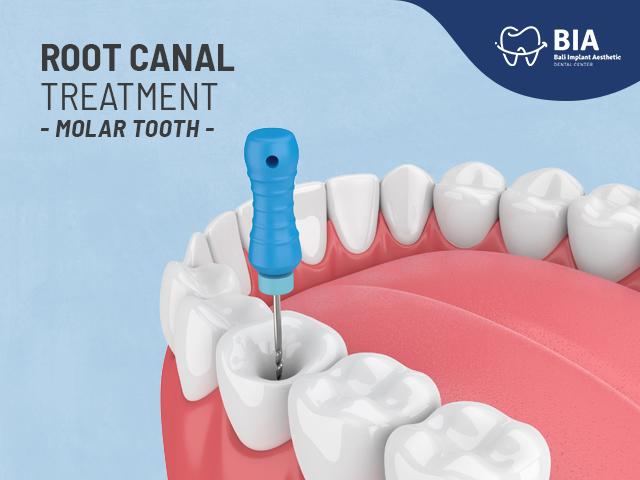Pulpitis: Examining Inflammation of the Dental Pulp Tissue in the Context of Cavities, Trauma, and Hard Tissue Abnormalities
Article | 2024-02-28 11:08:27
Home » Articles » Pulpitis: Examining Inflammation of the Dental Pulp Tissue in the Context of Cavities, Trauma, and Hard Tissue Abnormalities
Pulpitis: Examining Inflammation of the Dental Pulp Tissue in the Context of Cavities, Trauma, and Hard Tissue
Abnormalities
Pulpitis, a condition involving inflammation of the dental pulp tissue, has become a major concern in the field of dental health. Various factors such as dental cavities, trauma, and hard tissue abnormalities can be significant triggers for pulpitis. Its relatively high prevalence makes it an important focus, with data indicating that around 52% of the world's population has at least one tooth affected by apical periodontitis resulting from pulpitis.
When Pulpitis Takes Center Stage: Causes and Triggers
Dental Cavities: Pulpitis often arises in response to dental cavities that penetrate through the hard layers of the tooth. This process can lead to infection in the pulp tissue, triggering inflammation and resulting in symptoms such as sharp tooth pain.
Trauma: Injuries or trauma to the tooth can also be a major trigger for pulpitis. Blows or hard impacts can damage the pulp tissue, triggering an inflammatory response as the body attempts to protect and heal itself.
Hard Tissue Abnormalities: Structural abnormalities in the hard tissues of the tooth can also trigger pulpitis. For example, cracks in enamel or dentin can serve as entry points for bacteria, causing inflammation in the pulp tissue.
Global Prevalence and Disparities Between Developing and Developed Countries Data indicates that apical periodontitis, a result of pulpitis, has a significant prevalence worldwide. It is estimated that more than half of the global population experiences this condition in at least one tooth.
Interestingly, the prevalence of pulpitis tends to be higher in developing countries compared to developed ones. This can be attributed to limited access to dental healthcare services, a lack of understanding about the importance of preventive dental care, and economic factors.
Implications and Management Efforts for Pulpitis Understanding pulpitis is crucial not only due to its high prevalence but also because of its impact on the quality of life for patients. Sharp pain, disruption of normal chewing function, and the potential loss of teeth are some implications that can arise from this condition.
Efforts for the prevention and management of pulpitis involve promoting preventive dental care, educating the public about the importance of routine dental care, and improving access to dental healthcare services, especially in developing countries.
Conclusion: Promoting Awareness and Preventive Actions With its high prevalence and significant impact, it is crucial for us to increase awareness about pulpitis. Public education, preventive dental care, and efforts to enhance access to dental healthcare can be key steps in addressing this challenge. Through these measures, we can move towards a world where pulpitis is no longer a serious threat to global dental health.
Reference:
KEMENKES NOMOR HK.01.07/MENKES/1492/2023
Contact Information:
BIA (Bali Implant Aesthetic) Dental Center
Jl. Sunset Road No.168, Seminyak, Badung, Bali Indonesia 80361
+6282139396161




